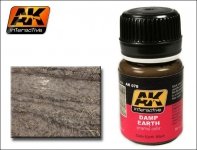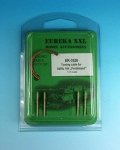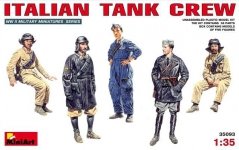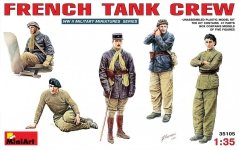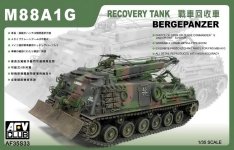Amusing Hobby 35A044 Ferdinand Jagdpanzer sd.kfz. 184 NO.15100 1/35
Plastikowy model do sklejania. Nie zawiera kleju ani farb.
Elefant (wcześniej nazywany Ferdinand) – ciężkie działo pancerne – niszczyciel czołgów używane przez armię niemiecką w czasie II wojny światowej. Pełne oficjalne oznaczenie pojazdu to Panzerjäger Tiger(P) (Sd.Kfz. 184)
Został on zaprojektowany w oparciu o podwozie nieprzyjętego do produkcji prototypu czołgu Tiger, konstrukcji Ferdinanda Porsche, znanego jako Tiger (P) lub VK 4501(P) (litera P oznaczała konstrukcję Porsche). Ponieważ na uzbrojenie przyjęto alternatywny wariant czołgu Tiger (VK 4501(H)) z podwoziem konstrukcji firmy Henschel, zaszła potrzeba wykorzystania zaczętej już w zakładach Nibelungenwerke partii 90 podwozi konstrukcji Porschego. Dlatego Porsche zaproponował skonstruowanie na ich bazie ciężkiego niszczyciela czołgów. Pod koniec 1942 roku firma Alkett zaprojektowała działo pancerne na podwoziu Tiger(P). Sam Adolf Hitler zaaprobował budowę pojazdu, który 6 lutego 1943 nazwał „Ferdinand” na cześć zasług prof. Porsche. 90 zbudowanych Ferdynandów oddano wojsku w kwietniu i maju 1943. Nowy pojazd został uzbrojony w armatę 88 mm PaK 43/2 L/71 (o długości lufy 71 kalibrów). Pociski wystrzelone z tego działa umożliwiały przebicie czołowego pancerza każdego czołgu alianckiego, nawet z odległości 1,5 km. Armata była zamontowana w pancernej nadbudówce umieszczonej z tyłu pojazdu, ale z powodu swojej długości i tak wystawała poza jego przód. Ponieważ nie była zamontowana w obrotowej wieży, ale bezpośrednio w nadbudówce, miała dość ograniczoną możliwość ruchu: 28° w płaszczyźnie poziomej i 22° w pionowej. Przedni pancerz Ferdynanda miał grubość 200 mm, co czyniło go praktycznie nieprzebijalnym od przodu dla wszystkich dział alianckich z odległości większej niż 500 m, boczny pancerz o grubości 80 mm również nie był łatwy do przebicia.
Cały pojazd miał ponad 8 metrów długości i prawie 3,5 metra szerokości i ważył 65 ton (wersja Ferdinand) lub 70 ton (wersja Elefant). Napędzany był silnikiem Maybach HL 120 o mocy 530 KM, jego maksymalna prędkość wynosiła jedynie 20 km/h, a zasięg to 135 km. Wnętrze pojazdu było przedzielone na dwa osobne pomieszczenia. W przedniej części siedzieli kierowca i radiotelegrafista, a z tyłu znajdowali się: dowódca, celowniczy i dwóch ładowniczych.
Każdy z ferdynandów został złożony w zakładach Nibelungenwerke w 1943.
Elefant (formerly called Ferdinand) - heavy armored gun - tank destroyer used by the German army during World War II. The full official designation of the vehicle is Panzerjäger Tiger (P) (Sd.Kfz. 184)
It was designed based on the chassis of a prototype of the Tiger tank, not adopted for production, by Ferdinand Porsche, known as the Tiger (P) or VK 4501 (P) (the letter P meant the Porsche construction). As an alternative variant of the Tiger (VK 4501 (H)) tank with the Henschel chassis was adopted, it was necessary to use a batch of 90 Porschego chassis already begun at Nibelungenwerke. That's why Porsche proposed building a heavy tank destroyer on their basis. At the end of 1942, Alkett designed an armored gun on the Tiger (P) chassis. Adolf Hitler himself approved the construction of the vehicle, which he named "Ferdinand" on February 6, 1943 in honor of prof. Porsche. 90 built Ferdinands were handed over to the army in April and May 1943. The new vehicle was armed with an 88 mm PaK 43/2 L / 71 gun (with a barrel length of 71 calibers). The shells fired from this gun could penetrate the frontal armor of any Allied tank, even from a distance of 1.5 km. The gun was mounted in an armored superstructure at the rear of the vehicle, but due to its length it still protruded beyond its front. As it was not mounted in the rotating tower, but directly in the superstructure, it had a fairly limited ability to move: 28 ° horizontally and 22 ° vertically. The frontal armor of Ferdinand was 200 mm thick, which made it practically impenetrable from the front for all Allied guns at a distance of more than 500 m, the side armor with a thickness of 80 mm was also not easy to penetrate.
The entire vehicle was over 8 meters long and almost 3.5 meters wide and weighed 65 tons (Ferdinand version) or 70 tons (Elefant version). It was powered by a Maybach HL 120 engine with 530 hp, its maximum speed was only 20 km / h, and the range was 135 km. The interior of the vehicle was divided into two separate rooms. The driver and radio operator sat in the front part, and the commander, gunner and two loaders were in the back.
Each of the Ferdinands was assembled at the Nibelungenwerke works in 1943.























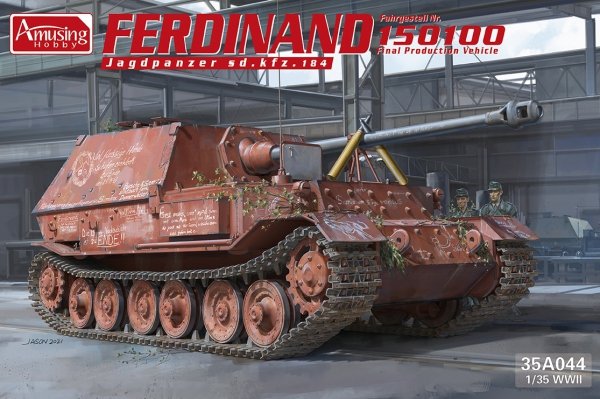
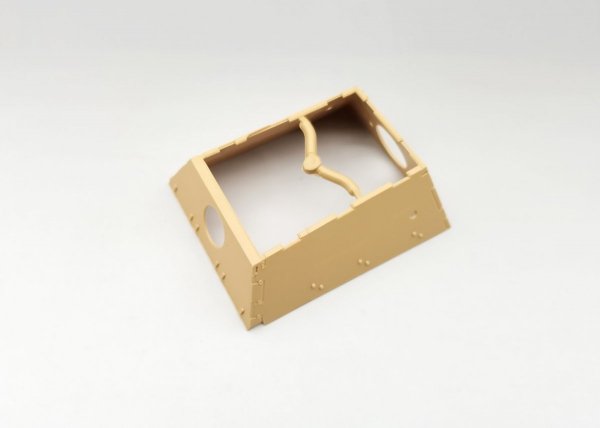
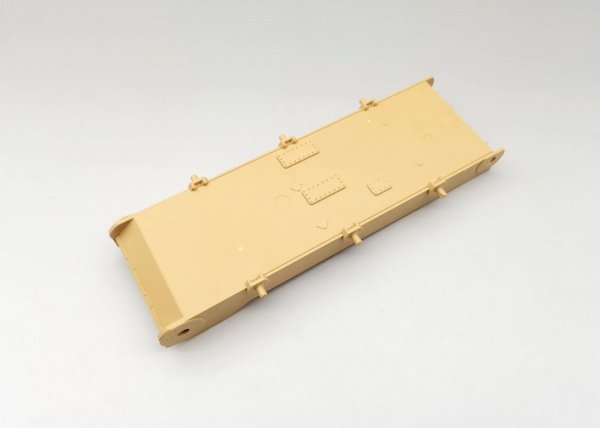
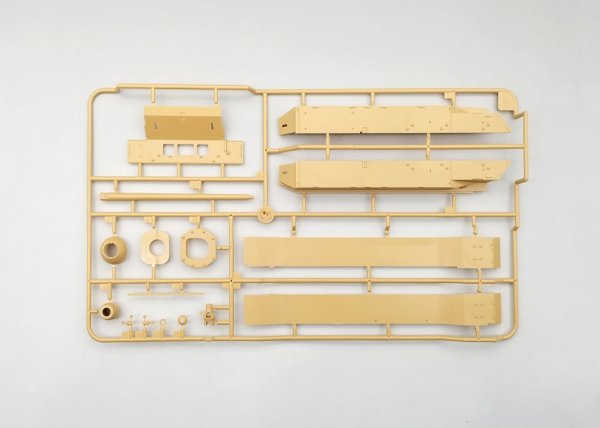
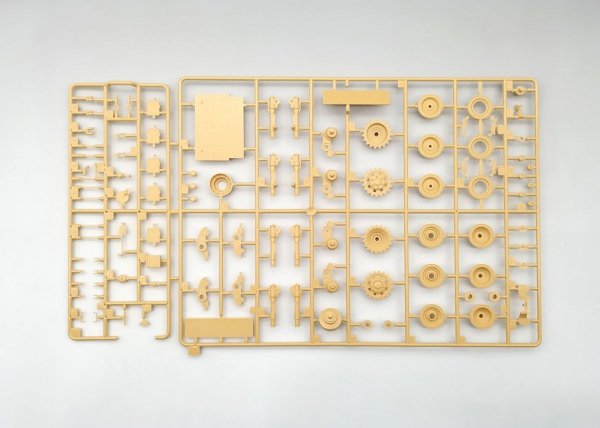
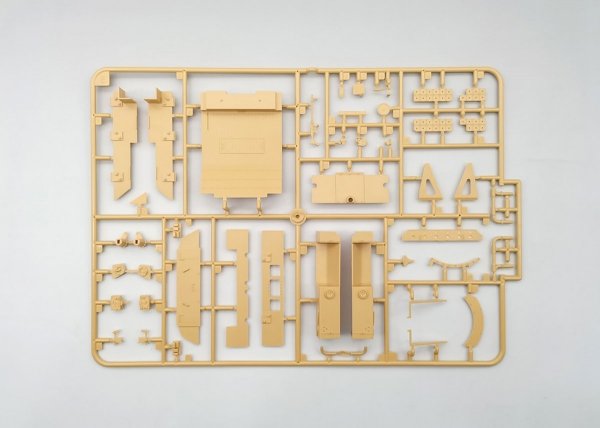
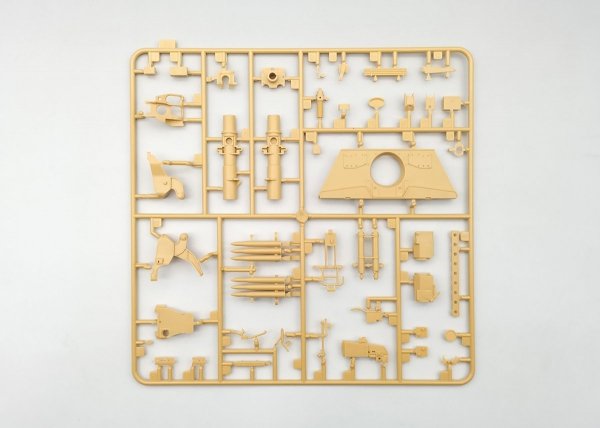
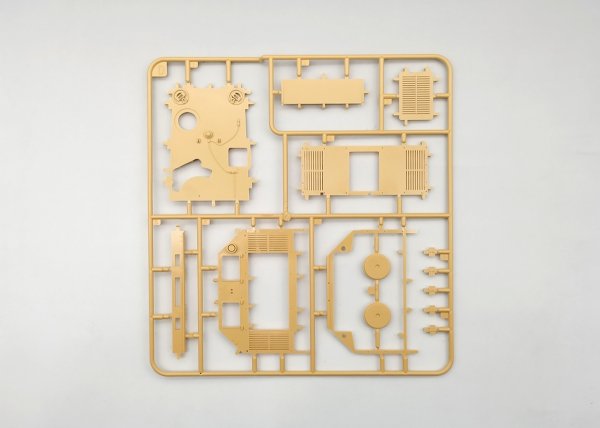
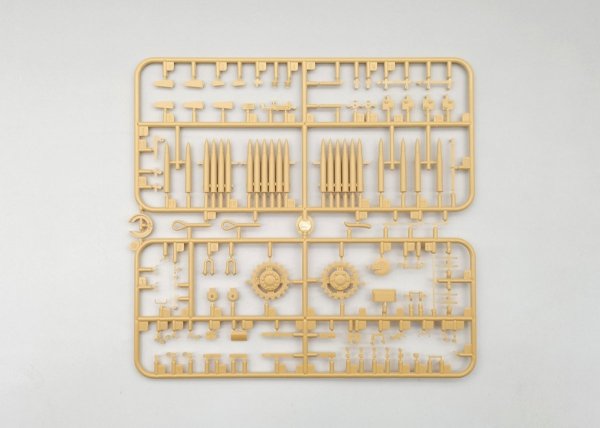
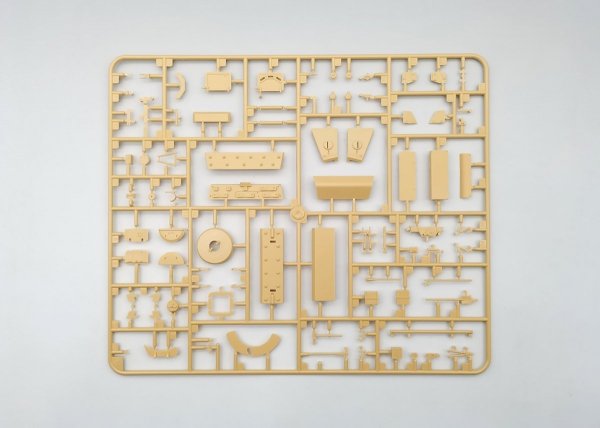
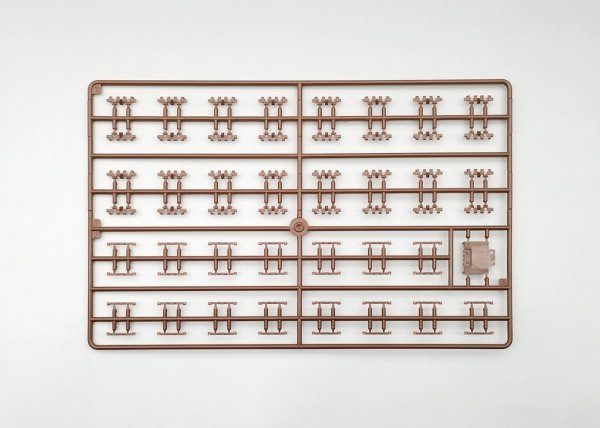
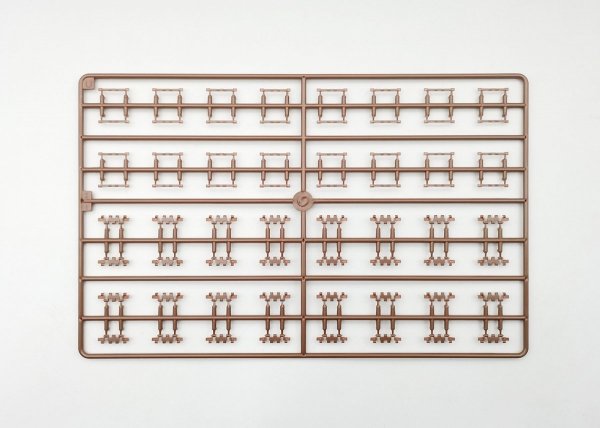
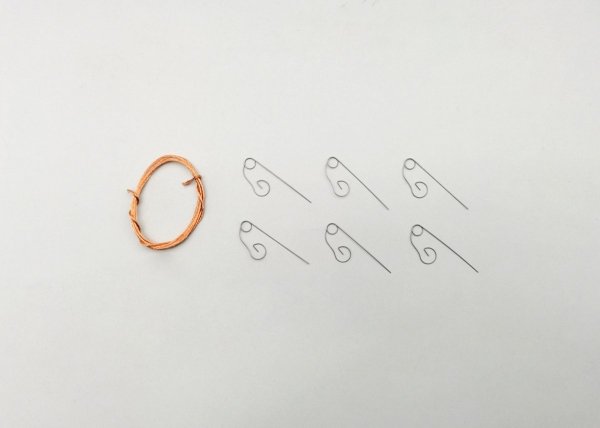
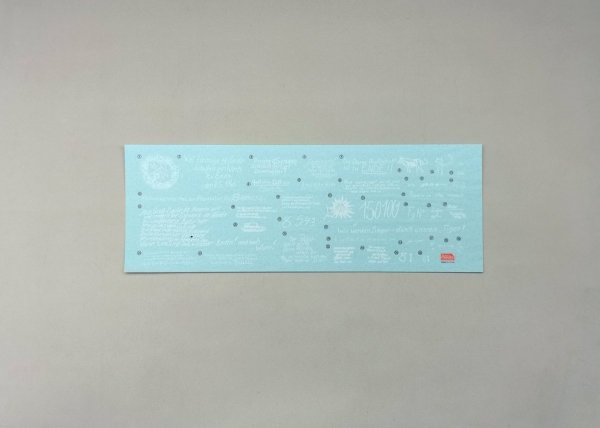
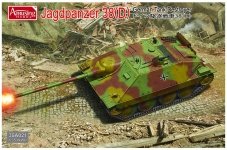
 3 szt.
3 szt.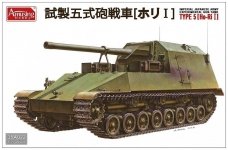
 4 szt.
4 szt.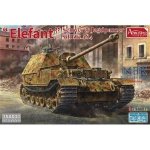
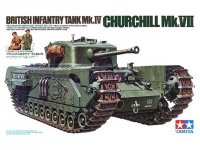
 219 szt.
219 szt.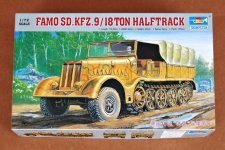
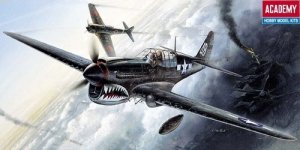
 1 szt.
1 szt.